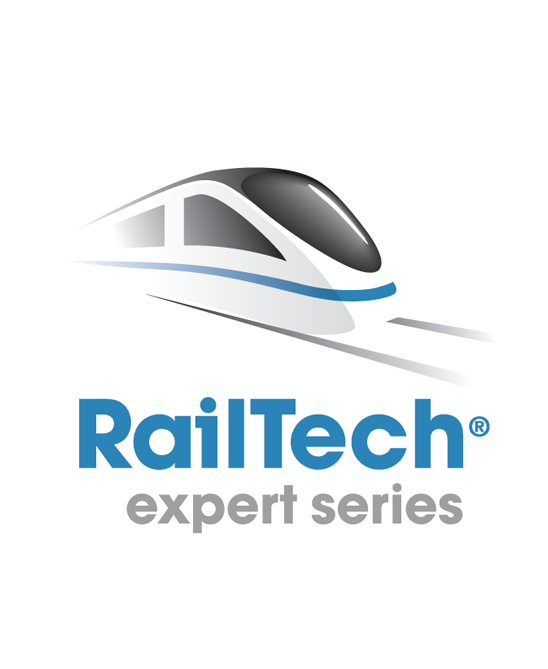Pascal Fodiman, Deputy Director Interoperability & Standardisation – SNCF-Railway System General Management
Which maintenance strategies for a sustainable noise performance of the railway system? An analysis of the French case
The publication, late 2014, of the « Noise » Technical specification for interoperability (TSI), and the several initiatives among Europe are significant inputs for an improved environmental performance of the railway system. These initiatives, related either to the progressive ban of cast iron tread bake shoes for wagons, the further definition of noise differentiated track access charges, or to maintenance strategies of the rail surface by means of adapted grinding policies, are quite significant.
Rail grinding
Among these, rail grinding techniques were applied in several European member states, thus showing significant noise efficiency, even if several technical or cost constraints were identified.
The paper aims to review the potential opportunities of rail reprofiling maintenance techniques in terms of their operational performance against noise, and the constraints to deal with, to adapt them to acoustic requirements in an industrial context.
Noise
The mechanisms involved in the noise generation mechanisms, and the several parameters to be controlled on a grinding train set are analysed through some French tracks, either on conventional of high-speed tracks. Some physical contradictions, between productivity requirements for cost limitation and smooth rails for noise performance, are identified and analysed.
On this basis, this paper will analyse to which extend such reprofiling techniques can improve classical maintenance schemes, towards a dedicated acoustic maintenance policy.
